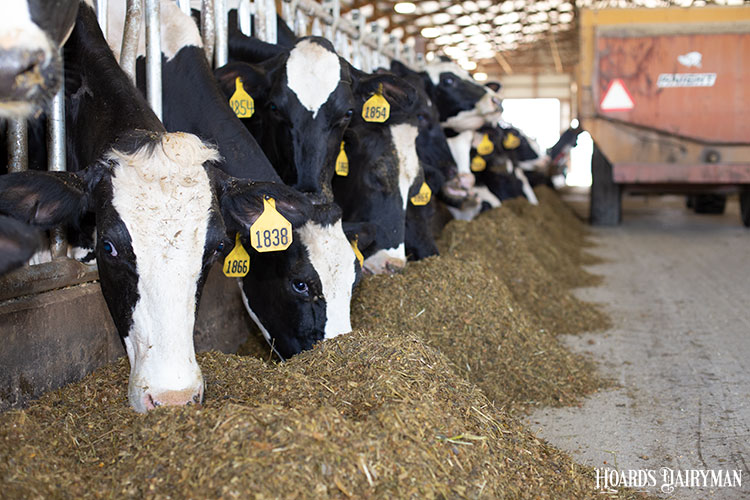
While staring at the menu board at your favorite fast-food restaurant trying to decide between option No. 1 or No. 6, you will often see a number in smaller print for each item. The asterisk leads you to some small print indicating the total calorie count for that meal or item.
The FDA has mandated this labeling since 2018 for restaurants with 20 or more locations. Since the local “greasy spoon” likely doesn’t have a registered dietician on staff, they are off the hook on this one. Also, the calorie count for the chicken fried daily special, plus your choice of pies for dessert, should probably stay “undisclosed.”
We think a lot about calories in human nutrition as we count them and then try to burn them to stay healthy. In human nutrition, we think mostly about total calorie count and don’t think a lot about the difference between needs for an offensive lineman or a gymnast who may have a 150% variance in body weight. In animal nutrition, we give energy a denominator. This could be the weight of the animal or in most ration formulation tasks, the amount of feed intake.
I expect when my dad took the course “Feeds and Feeding” in college in the early 1960s, the energy value used was total digestible nutrients (TDN). Though this concept has merit to describe the amount of a ration that will be digested, it falls short of sorting out how and for what the energy would be used.
The introduction of digestible energy (DE), metabolizable energy (ME), and net energy for gain (NE) or net energy for lactation offered a much better set of tools for building diets. If you go to enough trouble to measure many things from manure to urine to methane, and even temperature change, you can sort all of this out.
If you look at a ration report or a forage analysis today, much of this science will be nicely summarized for you in a simple table. The goal is to describe the energetics of a feed ingredient or a ration. It takes energy to maintain an animal and produce beef, grow a fetus, and make milk.
Much of the research for this science dates back to work done at the USDA experimental farm in Beltsville, Md., just outside of our nation’s capital. I was able to visit this farm as a college student farm worker when I pulled a gooseneck trailer all the way from Auburn, Ala., to pick up a load of pigs. These pigs were special because of the genetic knowledge in them from years of careful breeding research. This took place in 1987 before modern genomic testing.
As our nutrition field moved on from TDN to NEL followed by more complicated dynamic models, TDN was totally left behind. And with some nutritionists, NEL had lost its luster. Some would say that it is just a predicted result, and we really can’t formulate to it anyway. Instead, we can just balance for starch and other carbohydrates and the different forms of fat. That way, the NEL will be more of a result than a plan. I have always seen it differently. I formulate to a target energy value and feel that is important.
In today’s dynamic models, we can target nutrient components like starch, various fiber fractions, and the various fatty acids. However, I also want to see what is the best and most economical way to reach a target NEL on a concentration basis. In a high producing pen, for example, we may have large cows eating 65 pounds of dry matter and smaller cows eating only 55 pounds. But, from my formulation screen, what matters to me is that I reach an NEL of perhaps 79 megacalories per pound while maintaining enough lower energy roughage in the ration to keep the cows healthy and my client happy with the resulting butterfat in the milk.
Energy sources can vary
In different economics, the best value ration may be different, but the NEL still needs to meet the target. If rumen bypass fat is very expensive, as it is currently, perhaps a ration with more starch from corn would be the best solution. Likewise, if forages are in tight supply or simply expensive, a diet with less forage and more digestible fiber from grain by-products may lessen the need for both high starch and high added fat to achieve that mentioned goal of 79 NEL.
I am not sure if every one of the options and approaches that I routinely consider would pass the test in the old USDA lab at Beltsville. I do use the basics discovered there to constantly search for the most cost-effective way to maximize energy intake.
We can’t forget to fine-tune the protein side of the diet as well as ensure good roughage intake. We never want to congratulate ourselves for achieving some high energy level by feeding a diet inadequate in roughage. The level of energy and roughage are both critically important. Energy is the fuel that makes everything go. Roughage keeps cows healthy. The best ration will have the right amount of both.








